

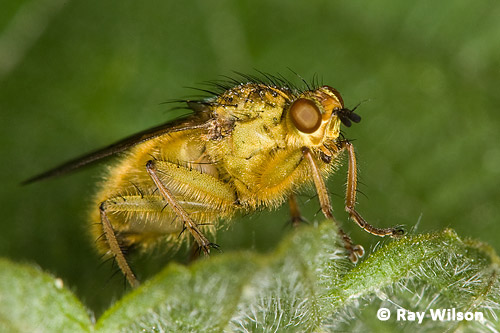
The common English name for the Scathophagidae is a bit misleading. It is true that the most familiar and abundantly common member of the family, Scathophaga stercoraria, lay their eggs in animal dung, but the majority of species do not have any association with manure and their larvae exploit a wide range of habitats and food sources.
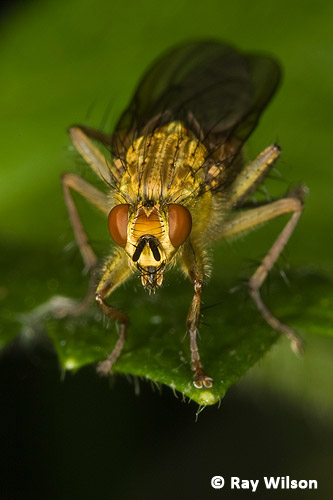
Adult Scathophagidae flies may often be seen hanging around flowers, but they are not generally there for the nectar or pollen. They are fierce predators, hunting other flies that are attracted to the flower's food sources, and as such can be regarded as beneficial biological control agents of potentially harmful insects which can transmit diseases, such as the blowflies.



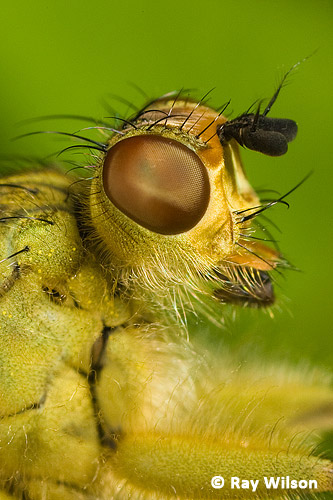 |
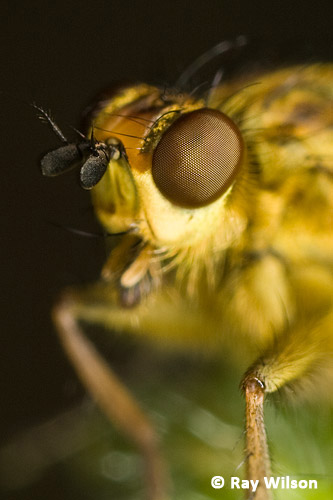 |
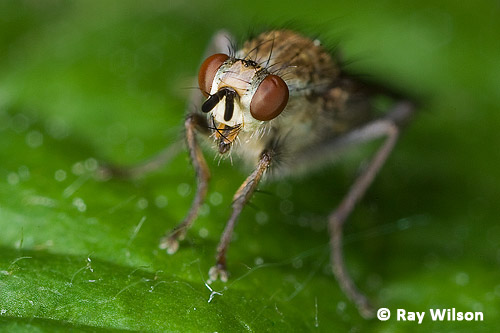
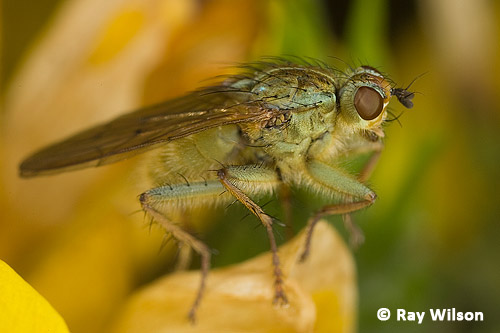
Although I haven't been able to identify any of the individuals in the photographs presented on this page, it would be a reasonable guess that the majority of them (in fact, probably all of them) are examples of the abundant Common Yellow Dung Fly (Scathophaga stercoraria).
Ray Wilson owns the copyright of all images on this site.
They may not be used or copied in any form without prior written permission.
raywilsonphotography@googlemail.com